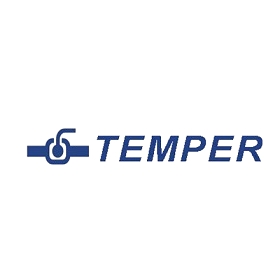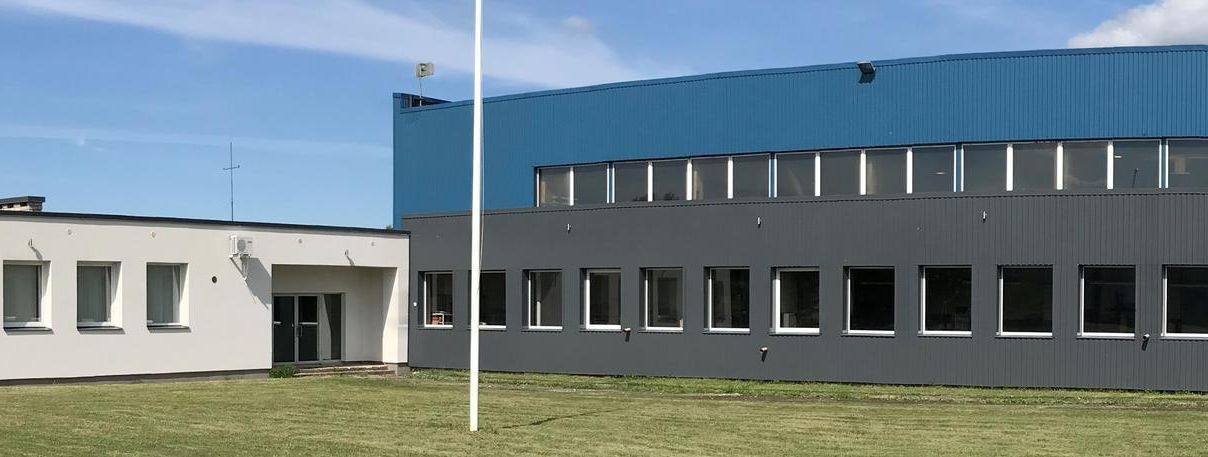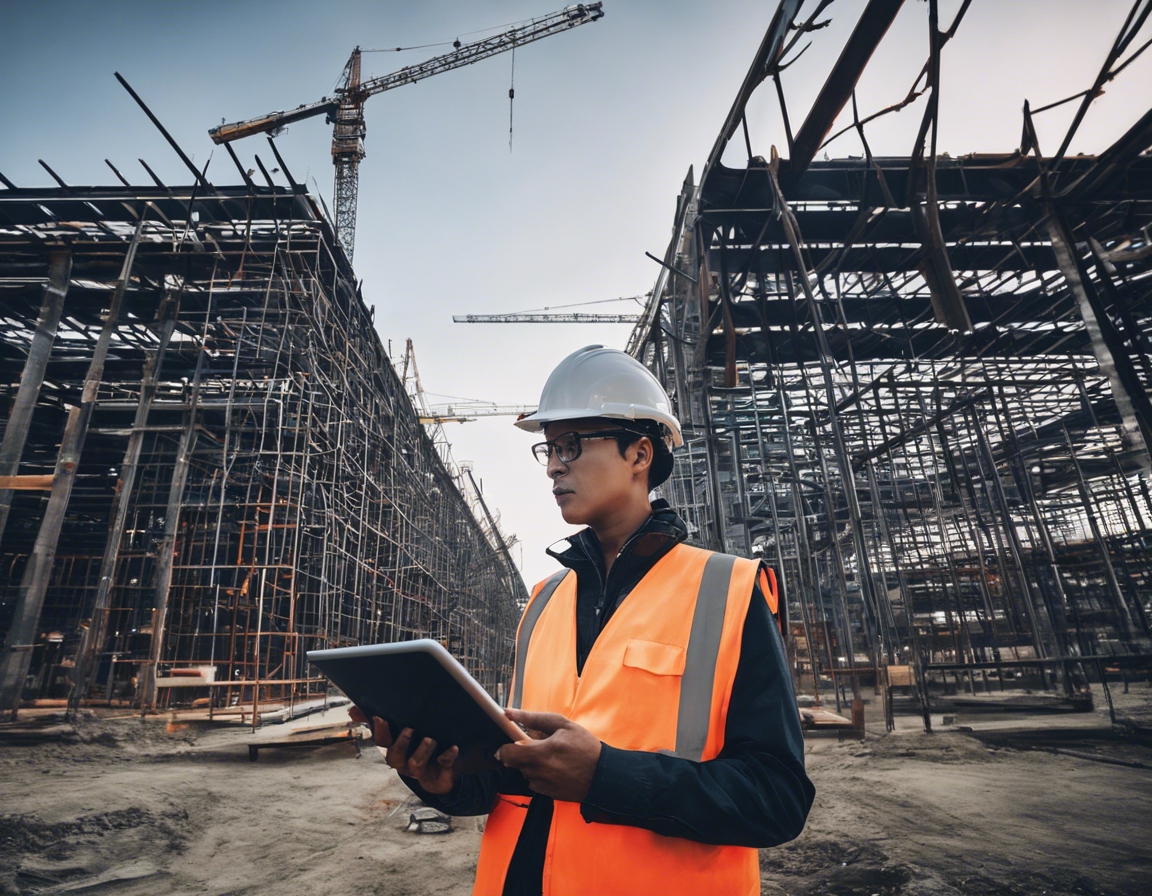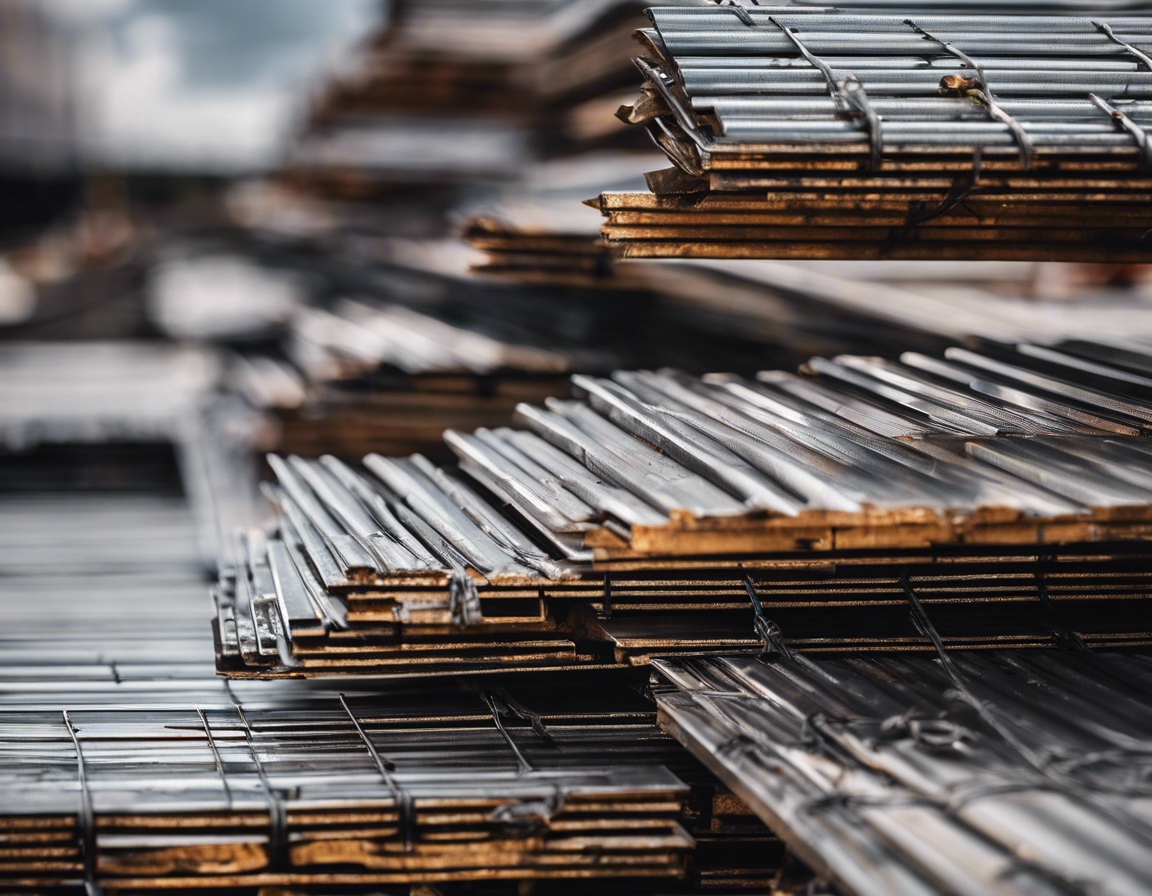Sustainable building materials: the role of metal products
In the modern construction industry, the demand for sustainable building materials is on the rise. As environmental concerns become more pressing, the need for materials that minimize ecological impact while maximizing efficiency and durability is paramount. Among these materials, metal products play a crucial role in shaping the future of sustainable construction.
2. The Importance of Sustainability in Construction
Sustainability in construction is not just a trend but a necessity. It involves using resources efficiently, reducing waste, and minimizing the carbon footprint of buildings. Sustainable practices ensure that the needs of the present are met without compromising the ability of future generations to meet their own needs. This approach is essential for the long-term viability of the construction industry.
3. Overview of Metal Products in Construction
Metal products have been a staple in construction for centuries due to their strength, versatility, and durability. In the context of sustainable building, metals offer unique advantages that make them indispensable. From structural frameworks to roofing and cladding, metal products are integral to modern construction projects.
4. Advantages of Using Metal Products
Metal products are renowned for their durability and longevity. Unlike other materials that may degrade over time, metals such as steel and aluminum can withstand harsh environmental conditions, ensuring the structural integrity of buildings for decades.
One of the most significant advantages of metal products is their recyclability. Metals can be recycled repeatedly without losing their properties, reducing the need for raw material extraction and minimizing environmental impact. This makes metals a sustainable choice for eco-conscious construction projects.
Metal products contribute to energy efficiency in buildings. For instance, metal roofing can reflect solar radiation, reducing cooling costs in hot climates. Additionally, metal components can be designed to enhance insulation, further improving energy efficiency.
5. Types of Metal Products Used in Sustainable Construction
Steel is one of the most commonly used metals in construction due to its strength and versatility. It is used in structural frameworks, reinforcing bars, and various architectural elements. Steel's recyclability and adaptability make it a key player in sustainable building practices.
Aluminum is lightweight, corrosion-resistant, and highly recyclable. It is often used in window frames, curtain walls, and roofing. Its ability to be recycled with minimal energy consumption makes it an environmentally friendly choice.
Copper is valued for its conductivity and resistance to corrosion. It is used in electrical wiring, plumbing, and roofing. Copper's longevity and recyclability contribute to its sustainability credentials.
6. Innovative Metal Products and Technologies
Prefabrication involves manufacturing building components off-site and assembling them on-site. This approach reduces waste, speeds up construction, and enhances precision. Prefabricated metal components are increasingly popular in sustainable construction.
Smart metal alloys, such as shape memory alloys, offer innovative solutions for sustainable construction. These materials can change shape in response to temperature changes, providing adaptive and energy-efficient building solutions.
Advanced coatings and treatments can enhance the performance of metal products. For example, anti-corrosion coatings extend the lifespan of metal components, while reflective coatings improve energy efficiency.
7. Challenges and Considerations in Using Metal Products
While metal products offer numerous benefits, they can be more expensive than traditional materials. However, their durability and low maintenance requirements often offset the initial costs over time.
Corrosion is a common concern with metal products. Regular maintenance and the use of protective coatings can mitigate this issue, ensuring the longevity of metal components.
Integrating metal products with other building materials requires careful planning and engineering. Compatibility and thermal expansion must be considered to ensure structural integrity and performance.






Comments (0)